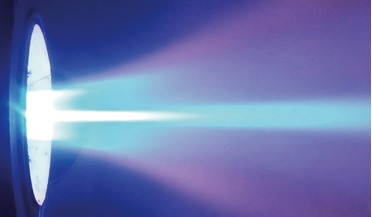 October 2020
Superconductors - key to unlocking high power space missions
October 2020
Superconductors - key to unlocking high power space missions
... has since achieved over 100 hours of operation and thrust efficiencies of 62 percent - comparable with currently flying propulsion systems. SX3 has demonstrated several breakthrough features, such as the use of hollow cathodes, high voltage and...
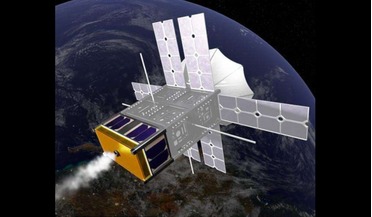 21 December 2020
Innovative design could see CubeSats "steam-powered"
21 December 2020
Innovative design could see CubeSats "steam-powered"
...engine design that utilises a simple and abundant molecule – water. Presently, satellites often make use of ‘energetic' propulsion systems that typically consume toxic, highly pressurised or even explosive liquids, such as hydrazine, for power. These...
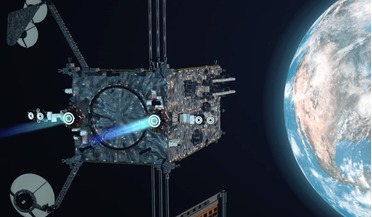 19 August 2019
Maxar selected to build, fly first element of NASA’s Lunar Gateway
19 August 2019
Maxar selected to build, fly first element of NASA’s Lunar Gateway
... the spacecraft through the demonstration period. The power and propulsion element is a key component to NASA’s overall plans ... operations. Maxar’s extensive experience with solar electric propulsion includes 36 spacecraft on-orbit today and more than...
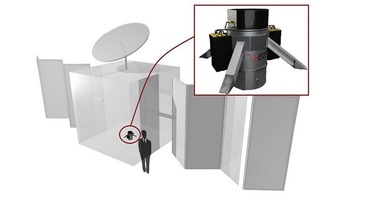 October 2015
Down to Earth: how to deorbit satellites and save money
October 2015
Down to Earth: how to deorbit satellites and save money
...satellites may cause to other operational satellites. Growing costs The D-Orbit Decommissioning Device D3 uses solid rocket propulsion to quickly deorbit or re-orbit a satellite The irony is that these costs tend to grow exponentially with the number...
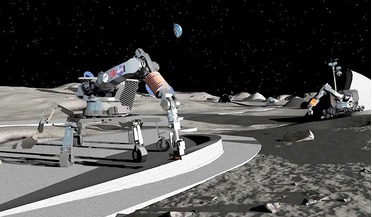 March 2016
The Use of 3D Printing for Space Applications
March 2016
The Use of 3D Printing for Space Applications
... a launcher’s time to market to below five years, while minimising the recurring costs and development risk. Launcher propulsion has been a precursor in AM with the metal deposition process used in the manufacturing of the Vulcain nozzle extension...
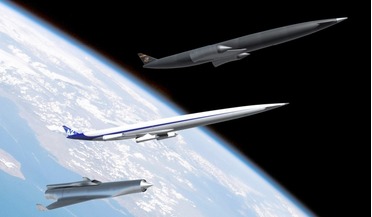 November 2017
Delivering a revolutionary reduction in space launch costs
November 2017
Delivering a revolutionary reduction in space launch costs
... is a UK-based company formed in 1989 to design and develop the technologies needed for a new class of innovative hypersonic propulsion system - the Synergetic Air-Breathing Rocket Engine (SABRE). Our founders, Alan Bond, Richard Varvill and...